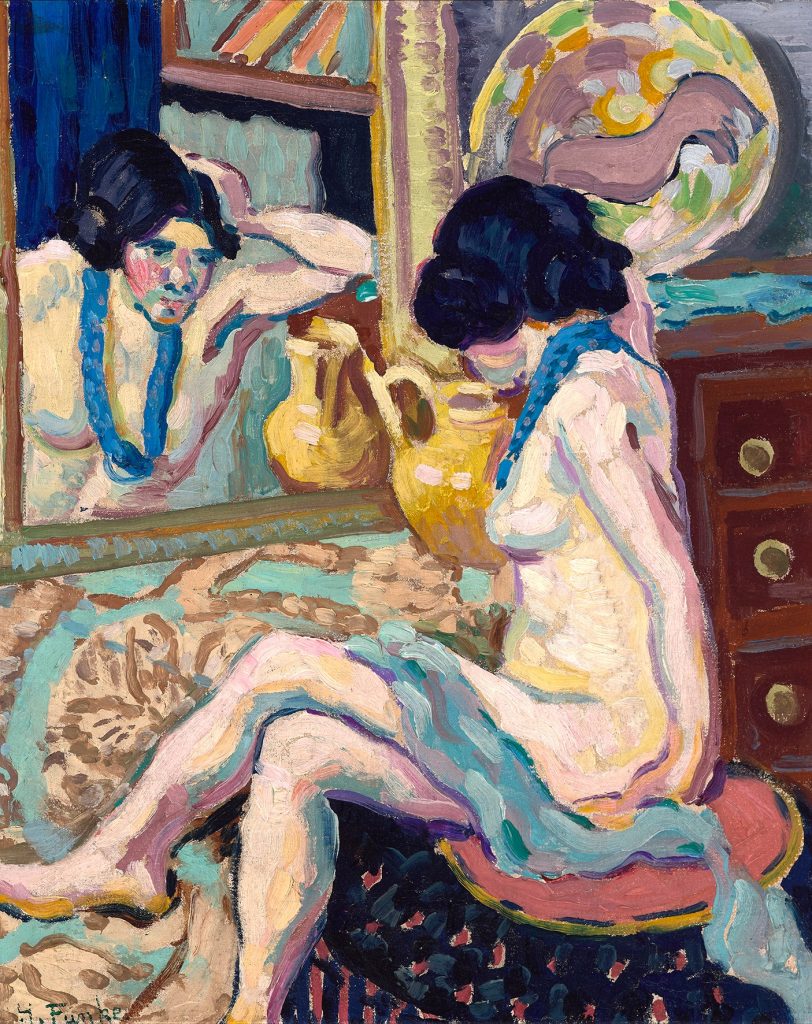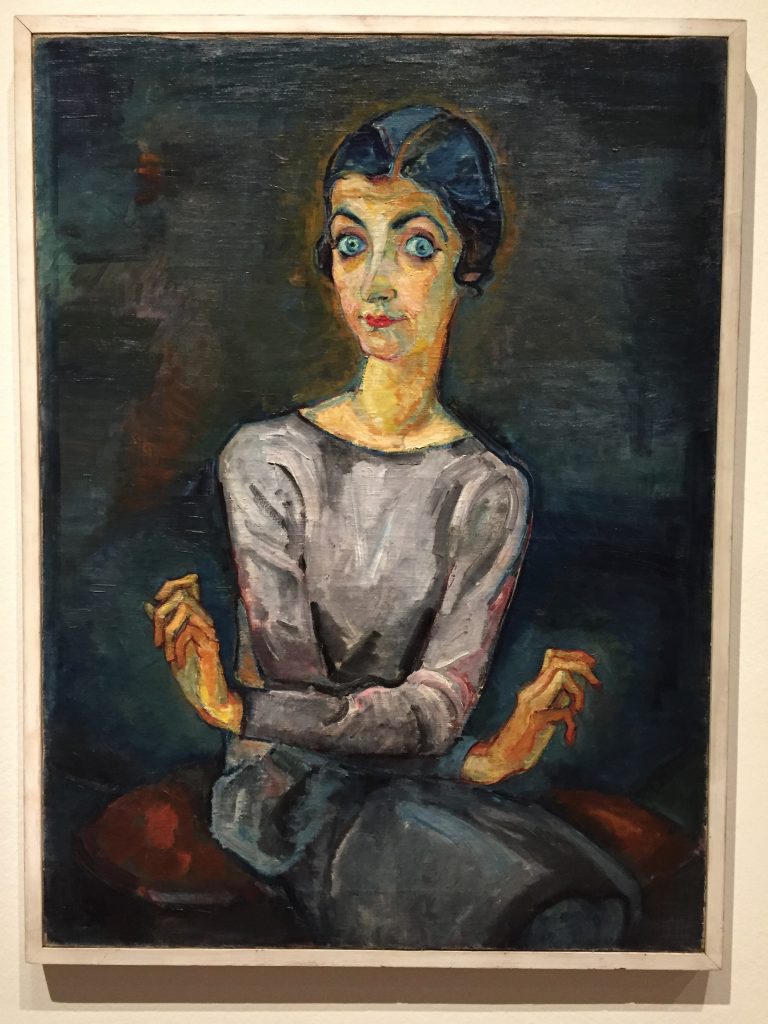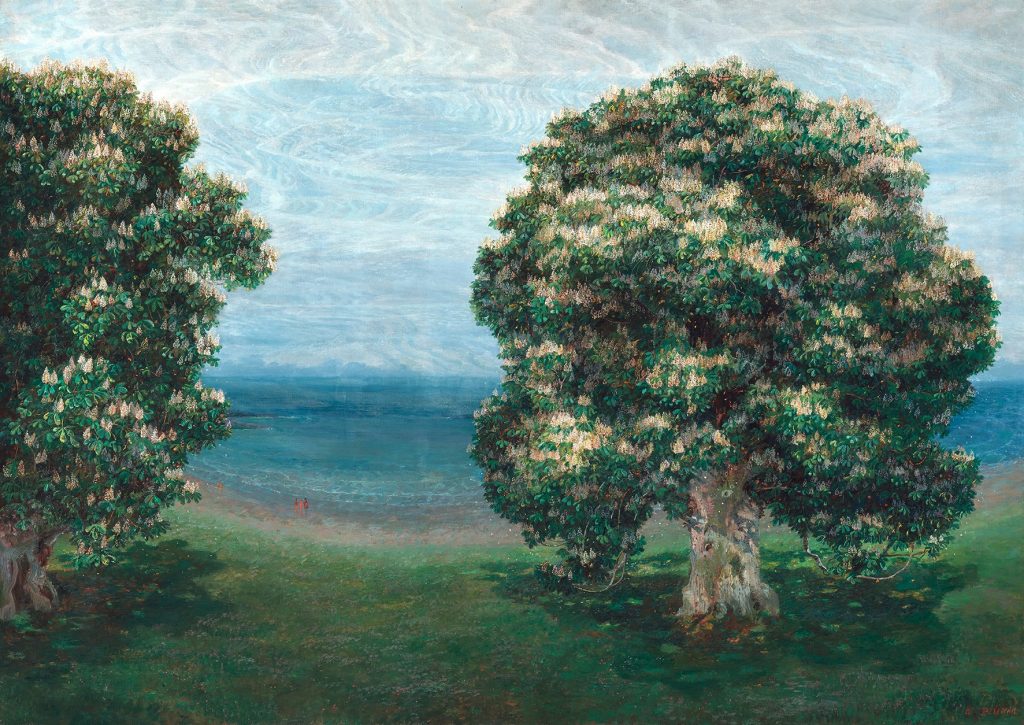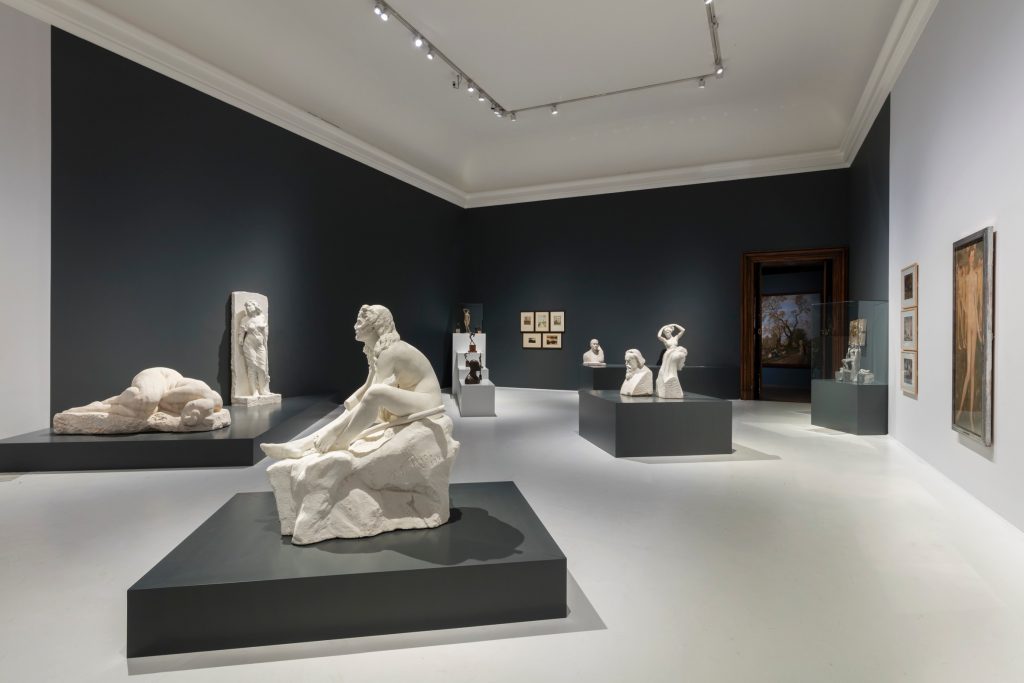City of Women
The work of 56 female artists see the light of day
If it were just a question of surnames, I am sure that Klien and Steiner would be up there with Klimt and Schiele as names we associate with Viennese Modernism. It is when you look at their first names that you realise why they aren’t; Klien and Steiner were women. They were well known in their time, exhibited with their male colleagues and contributed significantly to the achievements of Viennese Modernism. Yet, they were largely ignored later on, once art history was given importance again at the end of the Second World War.

There are several reasons why these women do not appear in the annals of art history. Many of them were Jewish and with the Anschluss of 1938 they, and their art vanished from public view. Most of them migrated, several were being deported and sadly, some, like Friedl Dicker Brandeis and Helene von Taussig, died in concentration camps. Their hard-won presence on the art scene faded, and eventually they completely disappeared from public consciousness. Once the war was over, art historians found it simpler to concentrate on the male names of Vienna’s Modernism, wiping out the artistic emancipation of these women.
It is remarkable that in a large-scale art show (presided over by Gustav Klimt) in 1908, over 30 per cent of a total of 179 artists were women; whereas in 1986, Kirk Varndoe, the then curator of MoMA in New York, went so far as to exclude all female artists in the show Vienna 1900: Art, Architecture and Design. His viewpoint was that modern art ‘began largely as an endeavour of white European males’ and to put it bluntly, he found that no female artist’s work was worthy to be hung on the walls of his museum.
When I went to see this exhibition, spread through the splendid rooms of the Lower Belvedere Museum in Vienna, I was lucky enough to catch part of a guided tour with the exhibition’s curator Sabine Fellner. It is due to her passion and meticulous efforts that this showcase of 56 female artists saw the light of day; she tells stories of having to search the archives of the museum and track works through gallerists and descendants of the artists. She finally put together this show that spans a period of close to 40 years and several movements, from Atmospheric Impressionism and Secessionism to Expressionism, Kinetism, and New Objectivity.

Fellner spoke of how one iconic painting by Broncia Koller-Pinell called Early Market that was thought to have been lost, was found hanging unnoticed in a provincial school in Lower Austria. Now, this very Broncia Koller-Pinell had gained international recognition in the exhibition of 1908, when an art critic of the time said of her that ‘…there is a true energy, not imitative of the male, in this artist’s brushstroke and framing of forms’. She was a respected member of Austria’s artistic elite in her time, forming part of the circle around Klimt. And yet, ironically enough, as recently as 1980, Austrian media branded her a ‘painting housewife’ on the occasion of a major retrospective of her work.
There is nothing housewife-like about these works of art. The artists display idiosyncratic styles and impress with their versatility. Alongside paintings and sculptures the exhibition comprises delicate watercolours, detailed ink and pencil drawings, multi-coloured woodcuts as well as exquisite etchings and lithographs. There are also a few bold and expressive enamel paintings and two examples of faience maquettes. The latter, two ceramic bas-reliefs by Elena Luksch-Makowsky, were the models for a dynamic architectural relief that graced the facade of the Bürgertheater in Vienna until the building was demolished in 1960.

Another documented commission is the work of Eugenie Breithut-Munk, who painted allegorical murals at the Museum of Applied Arts in Vienna that to this day adorn the walls of the building. Breithut-Munk was a member of the very active group Eight Women Artists that served as a platform for female artists at the time. The group held successful exhibitions in one of fin-de-siècle Vienna’s most important galleries. This led to national collections taking an interest and acquiring the works of these artists.
Another one of the founding ‘eight’ artists was the Russian born Jewish sculptor and painter Teresa Feodorowna-Ries, who was working in Vienna at the beginning of the 20th century. In fact, it is her remarkable sculpture titled Witch doing her Toilette on Walpurgis Night that greets the visitor on entering the exhibition space. Unsurprisingly, this white marble sculpture, which shows a nude woman cutting her toe nails, caused a scandal when it was first exhibited in 1896. Yet despite – or possibly because of – her provocative work, Feodorowna-Ries became a successful artist.
Tina Blau, a landscapist, was another success story. She was a co-founder and teacher at Vienna’s first art academy for women and contributed considerably to the development of a style of Austrian landscape painting called ‘Atmospheric Impressionism”. Curiously, one of her key works, Spring in the Prater, was initially rejected by the organisers of an international event at the Vienna Künstlerhaus in 1882 for ‘excessive brightness’; yet, it was later included and eventually acquired by the Imperial Picture Gallery.
Stephanie Hollenstein served in the First World War disguised as a male soldier, and once exposed, served as a military painter for the Austro-Hungarian War Office. The exhibition contains her rather striking, yet confusingly-titled Portrait of a (male) Soldier – Self-portrait amongst other expressive and emotive works.
Many other works also clearly show the influences of the era and its history. One particularly poignant example is the haunting painting titled Interrogation II by Bauhaus-educated Friedl Dicker-Brandeis. She left us a legacy not only in her oeuvre but also in the art education she gave to Jewish children while teaching them during their (and her) imprisonment in the ‘model ghetto’ Terezin.
The biographies of these artists do tell us about their achievements, where they exhibited, which associations they founded or belonged to and where they taught. But they often also contain references to who their fathers, brothers or husbands were. While that might be of interest from a purely biographical point of view, I will welcome the day when a woman artist will be defined purely by her work.

City of Women: Female Artists in Vienna from 1900 to 1938 is on show at The Lower Belvedere in Vienna until 19 May.
Follow Karin Grech on her blog about art and exhibitions called Bee Wise www.bwiseaftertheevent.wixsite.com/aftertheevent/blog and facebook/bwiseaftertheevent








